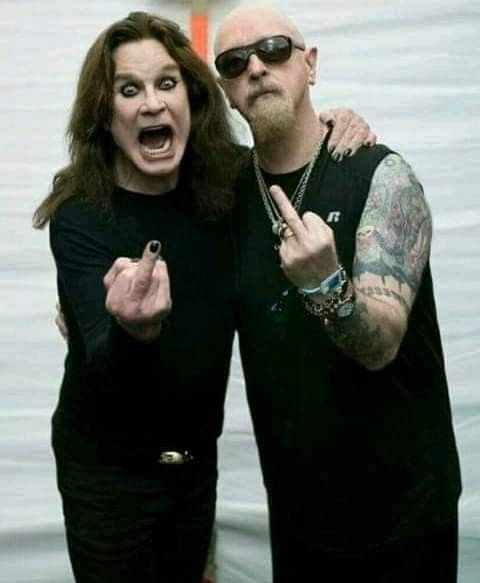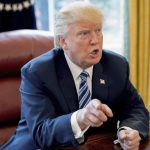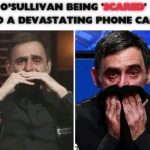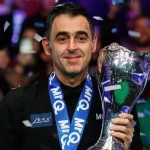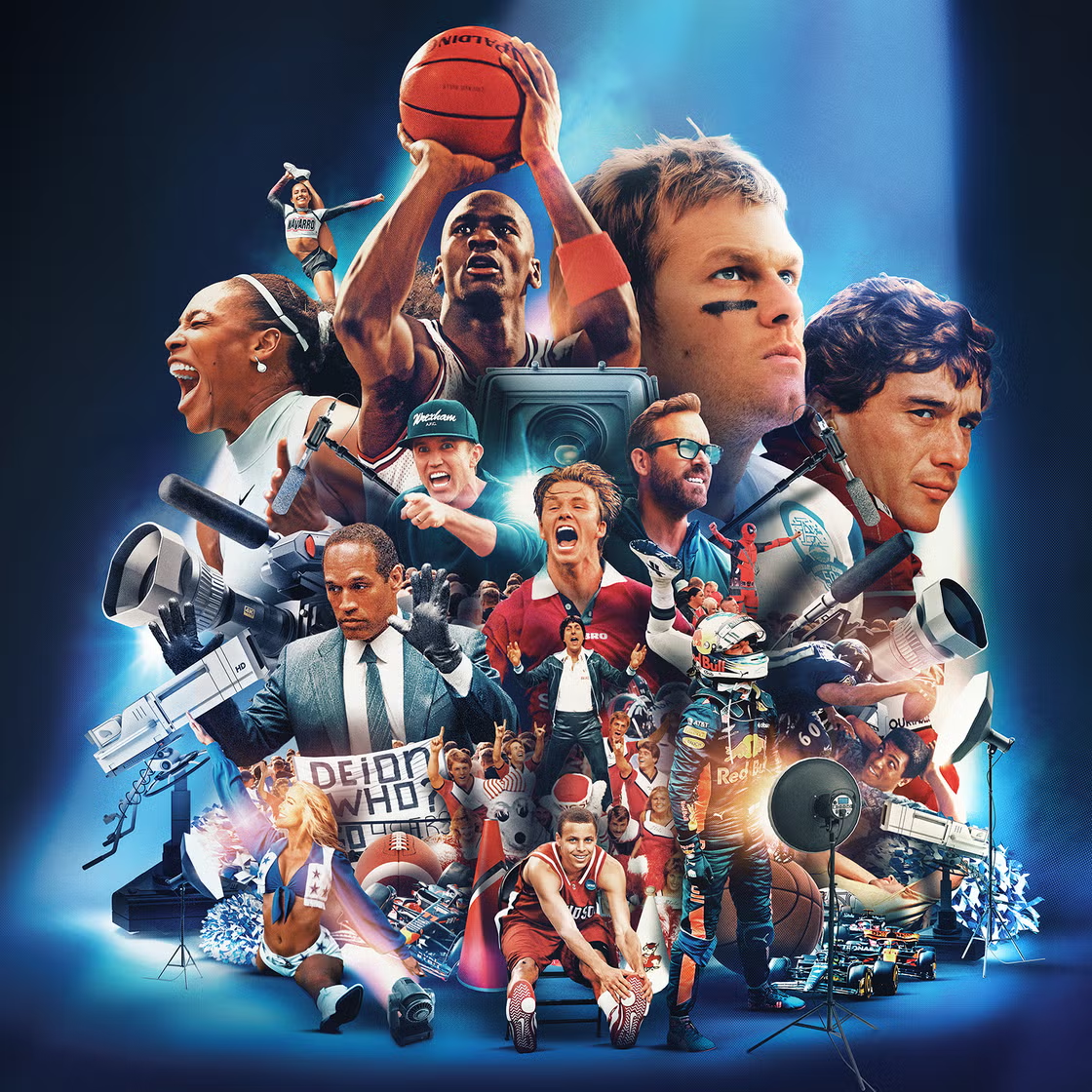The world trembled in panic when the announcement broke: Ozzy Osbourne, the Prince of Darkness, was dead. The news came from a hospital in Oxford, London, where Ozzy had been quietly battling a deteriorating condition away from the public eye. Fans across continents froze in disbelief. From tattoo-covered bikers in Los Angeles to quiet teenagers discovering Sabbath for the first time in Tokyo, a unified silence fell. The godfather of heavy metal had taken his final bow.
Social media melted into chaos. Black Sabbath’s iconic riff from “Iron Man” played endlessly across reels and tributes, a digital wake to a man who had once bitten the head off a bat on stage and survived every excess rock ‘n’ roll could throw at him. But even the Prince of Darkness was mortal.
Rob Halford, the iconic voice of Judas Priest and longtime friend of Ozzy, was the first to speak publicly. Clad in black leather, eyes hidden behind silver shades, he stepped onto the steps of the Royal Albert Hall to issue a call not just to fans, but to the legends of rock themselves.
“Ozzy didn’t just define metal. He birthed it. Without him, there would be no us,” Halford said, voice cracking with rare emotion. “So I’m calling on the gods of music: Jimmy, Robert, John, Paul, Ringo. One last night. One stage. For Ozzy.”
The world held its breath. Could it really happen?
The answer came in fragments.
Three hours later, Led Zeppelin’s official account posted a single word: “Ready.” A day after that, Paul McCartney tweeted: “The world changed with Black Sabbath. Time to return the love.” Then Ringo Starr added, “Count me in, lads.”
Rob Halford called the concert Iron Cross: A Tribute to Ozzy Osbourne, a nod to both the military insignia Ozzy often wore and the enduring weight of his legacy. It would be held in Hyde Park, London, the same place where Sabbath had played to a crowd of over 200,000 in the 1970s. Tickets sold out in seven minutes. Drones captured images of fans sleeping in tents around the perimeter, wrapped in denim and band patches, singing Sabbath hymns through the night.
The funeral itself was quiet, held at a small chapel in Oxford with family and close friends. Sharon Osbourne, ever composed, told press simply: “Ozzy gave his soul to music. Now he gets to rest.” The coffin was engraved with lyrics from “Changes,” and as it was lowered into the ground, a string quartet played a mournful rendition of “Dreamer.”
Then came the night of the concert.
A blood-red sun set over London as lights flared across Hyde Park. The stage was unlike anything seen before—crucifixes, Gothic arches, and a massive bat-shaped screen hovering above. Fans wearing corpse paint stood next to hippies in vintage Beatles shirts. It was the most surreal union rock music had ever seen.
The lights dimmed.
First came Rob Halford, emerging to the opening chords of “Symptom of the Universe,” his voice soaring like it had decades ago. He knelt at the front of the stage, raised the horns, and whispered, “This is for you, brother.”
Next, Led Zeppelin—yes, Led Zeppelin. Jimmy Page’s guitar shrieked with fury as Robert Plant howled through “No Quarter,” followed by a haunting, slowed-down version of “War Pigs.” At one point, Page knelt before a photograph of Ozzy, holding a bow to his guitar strings, producing eerie wails that echoed across the park like the cries of mourning spirits.
Then silence.
A piano rolled across the stage.
A spotlight hit Paul McCartney, his face more weathered than most remembered, yet full of serene power. Ringo sat at the kit. Together, they opened with “Let It Be.” But as the final chorus ended, the chords changed. A new arrangement began—“Changes,” but reimagined. Paul’s voice carried the sorrow, while Ringo’s beat kept the heart of it alive. The Beatles and Black Sabbath, merged into a requiem.
The screen lit up with Ozzy’s face—young and old—flashing through eras, tours, scandals, and triumphs. From the madman who terrorized hotel rooms to the loving father on MTV’s The Osbournes, the tribute was total. Even Slash appeared unannounced, walking from the shadows to deliver a searing solo over “Mr. Crowley.”
As the final notes faded, Rob Halford returned to the stage. He looked up at the night sky, then addressed the crowd.
“There are no more Ozzys. Never will be. But that fire? That scream? That madness? It lives in all of us. So go out there, raise hell, and never let the darkness die.”
He held out his mic, and the crowd roared the chorus of “Crazy Train” in unison, loud enough to be heard from Westminster to Wembley.
Fireworks exploded. Bats—robotic ones, of course—flew over the crowd. Tears fell. Beers were raised. And somewhere, if legends are true, the Prince of Darkness smiled down through black clouds and


